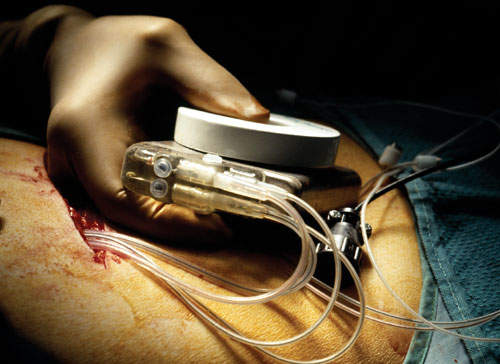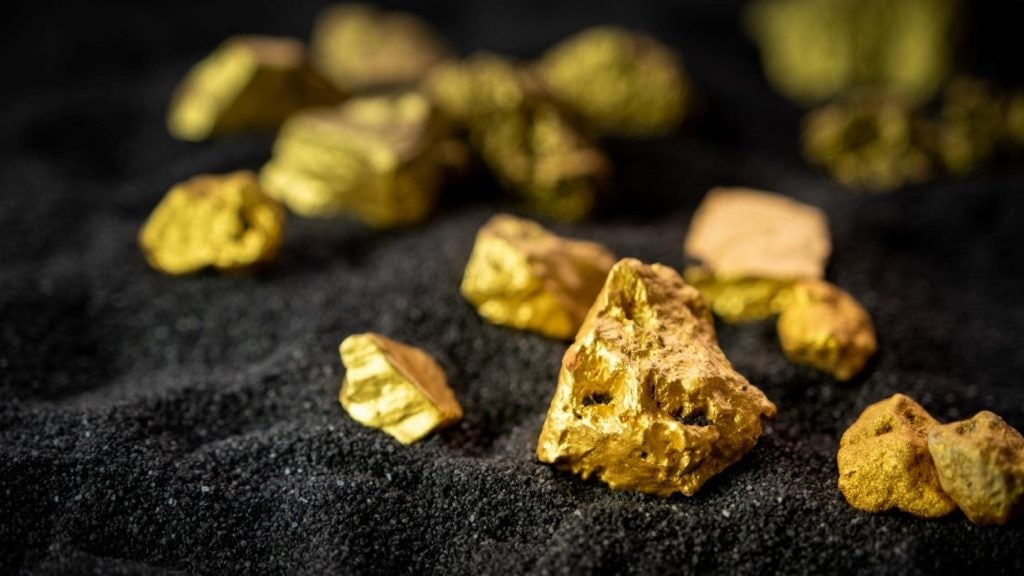
Cardiac pacing leads connect pacemakers and defibrillators to a patient’s heart. These leads, which are commonly implanted transvenously, are intended to deliver appropriate therapy, when necessary, to stabilise a sometimes dangerously slow or erratic heartbeat.
Increasing numbers of cardiac rhythm management (CRM) devices have been implanted over recent years and with an ageing global population, the number of patients requiring such devices will continue to rise.
As with most implanted medical devices, cardiac leads may need to be replaced or removed during the life of the recipient. In conjunction with the rise of pacemaker and defibrillator implants, the number of leads that will need to be replaced or removed will also increase.
The National Audit Office states that in Europe, over 750,000 leads to pacemakers and defibrillators are implanted in patients every year. Of these leads it is estimated that between 4% and 7% will have to be removed at some point due to damage, infection or the inability to implant new leads due to the presence of existing ones.
Since the commercial introduction of implanted transvenous pacing leads, a wide variety of methods for removing leads have been developed and today the main lead extraction technologies are either laser powered or mechanical.
See Also:
EVOLVING TECHNOLOGY AND TECHNIQUES
How well do you really know your competitors?
Access the most comprehensive Company Profiles on the market, powered by GlobalData. Save hours of research. Gain competitive edge.

Thank you!
Your download email will arrive shortly
Not ready to buy yet? Download a free sample
We are confident about the unique quality of our Company Profiles. However, we want you to make the most beneficial decision for your business, so we offer a free sample that you can download by submitting the below form
By GlobalDataIn the years following the introduction of chronically implanted transvenous pacing leads, a variety of methods for lead removal were trialled, the simplest being traction, often also called the ‘drag through’ technique.
In this procedure leads are clipped as short as possible before being torn from the vein and any attached fibrous tissue. No attempt is made to detach the lead before removal. In some cases the amount of tissue joining the lead to the vein required a considerable amount of force, resulting in a traumatic experience for the patient and risking large amounts of damage to surrounding veins.
For patients with significant fibrous overgrowth, more aggressive methods had to be developed, including traction applied by weights and elastic bands. The tension or weight is increased over a period of time to slowly extricate the lead.
Nonetheless, complications and difficulties encountered when using traction for lead removal led to investigation of surgical approaches. The heart and great veins could be exposed via sternotomy, an operation involving cutting through the sternum, or thoracotomy, an incisions in the chest wall, allowing extraction of a lead via an incision in the atrium or ventricle.
In greatly experienced hands, these techniques produced high success rates, but required highly specialised skills gained through years of training. In addition, these techniques were associated with morbidity and the heavy economic impact of open surgery.
The desire for safe and more economically viable extraction techniques led to the development of intravascular counter-pressure and counter-traction – using telescopic sheaths made of polymer and/or steel material, which would slide over the lead body.
This technique removes the fibrotic tissue that develops over time and entraps the implanted lead in the veins. As the sheaths are advanced over leads to tear and peel away the encapsulating tissue, they achieve a transvenous removal of leads, with minimised risk to the patient compared with previous methods.
TODAY’S CHOICES
The procedure of lead removal has matured into a definable, teachable art with its own specific tools and techniques. Today’s technology offers two main options for surgeons performing extractions: laser and mechanical.
Laser extraction requires a 250kg stand-alone unit to interface and power an SLS laser sheath, with each sheath requiring complex calibration before each use. Heavy machinery like this requires support by way of annual maintenance and biomedical inspection, as well as the requirement to employ an on-site laser officer. Put simply, it is bulky and costly in terms of operation, training and maintenance.
Lead extraction using the laser technique is also very traumatic for the patient. An incision is made in the upper chest over the existing pacemaker/ICD. This is usually at the same site where the incision was made when the device was implanted.
A special sheath (tube) is placed over the lead to be removed and threaded down into the heart to the tip of the lead. The sheath helps to free the lead from any scar tissue that may be holding it in place.
The lead is then removed by pulling it out through the sheath. Frequently, the doctor will use a sheath attached to a laser (a laser sheath) to remove scar tissue holding the lead in place where it is attached to a vein or heart tissue.
The laser sheath uses optical fibres to deliver pulsed ultraviolet laser light which vaporises the fibrotic tissue binding the intravenous cardiac leads to the vein or heart wall.
The other option is to use a mechanical approach. This offers benefits in that it requires less surgical finesse and is more intuitive to use than laser powered systems. It is also designed to negotiate chronic, heavily fibrosed and calcified lesions without requiring the ‘brute strength’ of traction.
Mechanic, or transvenous, extraction is widely regarded as highly successful with a low rate of complications. It is particularly useful in more complex cases, for example those that address the problem of free-floating leads.
An enhanced mechanical extraction approach does not have the forward depth of cut like laser extraction sheaths. With this in mind, mechanical extraction historically has had a lower adverse event rate than that experienced using powered sheaths.
Today’s mechanical lead extraction technology has been designed to be as intuitive as possible for the surgeon specialist during a procedure. Lead extraction, which goes a long way in addressing device-related complications, has progressed, particularly as clinicians are more aware of the risks and complications associated with some of the techniques previously used.
Mechanical techniques allow for greater success rates, consequently also making the patient’s experience a much safer and enjoyable one.
The very latest devices consist of a flexible rotating sheath that succinctly separates fibrous binding sites from the leads that need extracting. The inner, exotic braided polymer sheath, shielded by an outer telescoping polymer sheath, connects to a handle, or trigger, which rotates it mechanically.
It is this mechanical trigger that allows the user to better feel progress along the lead and through lesions, thereby maximising physician control.
While extraction of chronically implanted leads has been difficult in the past, this seems to have been addressed with mechanical techniques. These techniques have been proven to remove the scar tissue along the vein that is often the primary reason for partial or failed removal of a lead.
EXCITING EVOLUTION
Lead extraction device manufacturers have a responsibility to provide the best, most versatile devices that provide safe, timely and effective treatment for the patient, and are easy-to-use devices for surgeons.
Additionally, the need to reduce the financial burden of acquiring the best possible technology on health organisations has to be reduced. It is exciting to see the benefits that the lead extraction evolution will deliver to health providers, doctors and patients.




